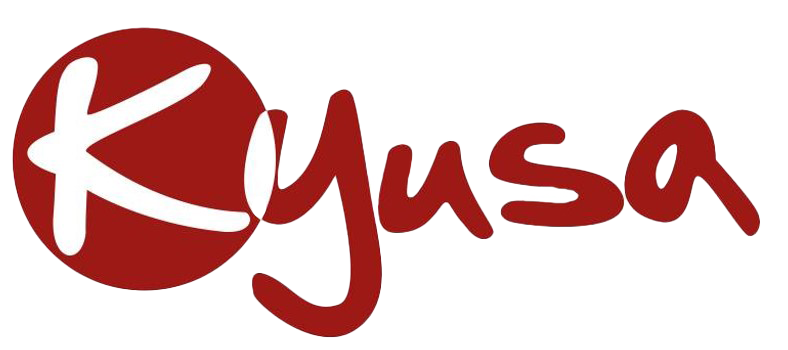Market research is a crucial component of launching a successful startup in Uganda. It enables entrepreneurs to understand the needs and preferences of their target audience, identify opportunities, and make informed decisions about product development, pricing, marketing, and distribution. In this article, we will explore practical steps, guides, and tools to conduct market research for your startup in Uganda.
Step 1: Define your research objectives The first step in conducting market research is to define your research objectives. You need to identify what you want to achieve with your research. Do you want to understand the size of the market? Identify potential customers? Analyze competition? Define your research objectives clearly to guide the rest of your research.
Step 2: Identify your target audience The next step is to identify your target audience. Who are your potential customers? What are their demographics, interests, and behaviors? You can use various sources to gather this information, such as social media analytics, surveys, or focus groups.
Step 3: Gather secondary data The third step is to gather secondary data. This involves collecting existing data from sources such as government reports, trade publications, and online databases. This data can provide valuable insights into industry trends, market size, and competitor analysis.
Step 4: Conduct primary research The fourth step is to conduct primary research. This involves collecting data directly from your target audience through surveys, interviews, or focus groups. You can use online tools such as Google Forms, SurveyMonkey, or Qualtrics to conduct surveys.
Step 5: Analyze your data The final step is to analyze your data. You need to organize and analyze your data to identify patterns, trends, and insights. This will enable you to make informed decisions about your product, pricing, marketing, and distribution.
Tools and resources for market research in Uganda
- Uganda Bureau of Statistics (UBOS) – Provides statistical data on various sectors in Uganda.
- Uganda Investment Authority (UIA) – Provides market intelligence reports and investor guides.
- Social media analytics tools – Such as Hootsuite, Sprout Social, and Buzzsumo can help you gather insights on consumer behavior and preferences.
- Google Trends – Allows you to explore search trends in Uganda and identify popular search terms related to your product or service.
- Focus Group facilities – You can find professional facilities that allow you to conduct focus groups in Uganda through companies such as Research World International and Ipsos.
Here’s a simple market research template that can be used as a starting point:
- Executive Summary
- Briefly describe the purpose and scope of your market research
- Summarize your key findings and recommendations
- Introduction
- Provide background information on your business and industry
- Explain why you conducted the market research and what questions you are seeking to answer
- Methodology
- Describe your research methodology, including the sources of data you used and the sampling techniques you employed
- Explain any limitations or biases in your research design
- Market Size and Growth
- Provide an estimate of the total market size and growth rate for your industry or product category
- Identify any trends or factors that are driving or inhibiting growth in the market
- Competitive Landscape
- Identify your major competitors and their market share
- Analyze their strengths and weaknesses, and identify opportunities and threats for your business
- Consumer Behavior and Preferences
- Describe the characteristics and preferences of your target market, including demographics, psychographics, and behaviors
- Analyze their needs, motivations, and decision-making processes when it comes to purchasing your product or service
- Product or Service Analysis
- Describe your product or service, including its features, benefits, and pricing
- Analyze how your product or service meets the needs and preferences of your target market, and identify any areas for improvement or innovation
- Conclusions and Recommendations
- Summarize your key findings and insights
- Provide recommendations for how your business can capitalize on opportunities and overcome challenges in the market
This template is just a starting point, and can be customized to fit the needs of your specific business and research questions. It’s important to remember that market research should be an ongoing process, and should be regularly updated and revised as the market and industry evolve.


Leave a Reply